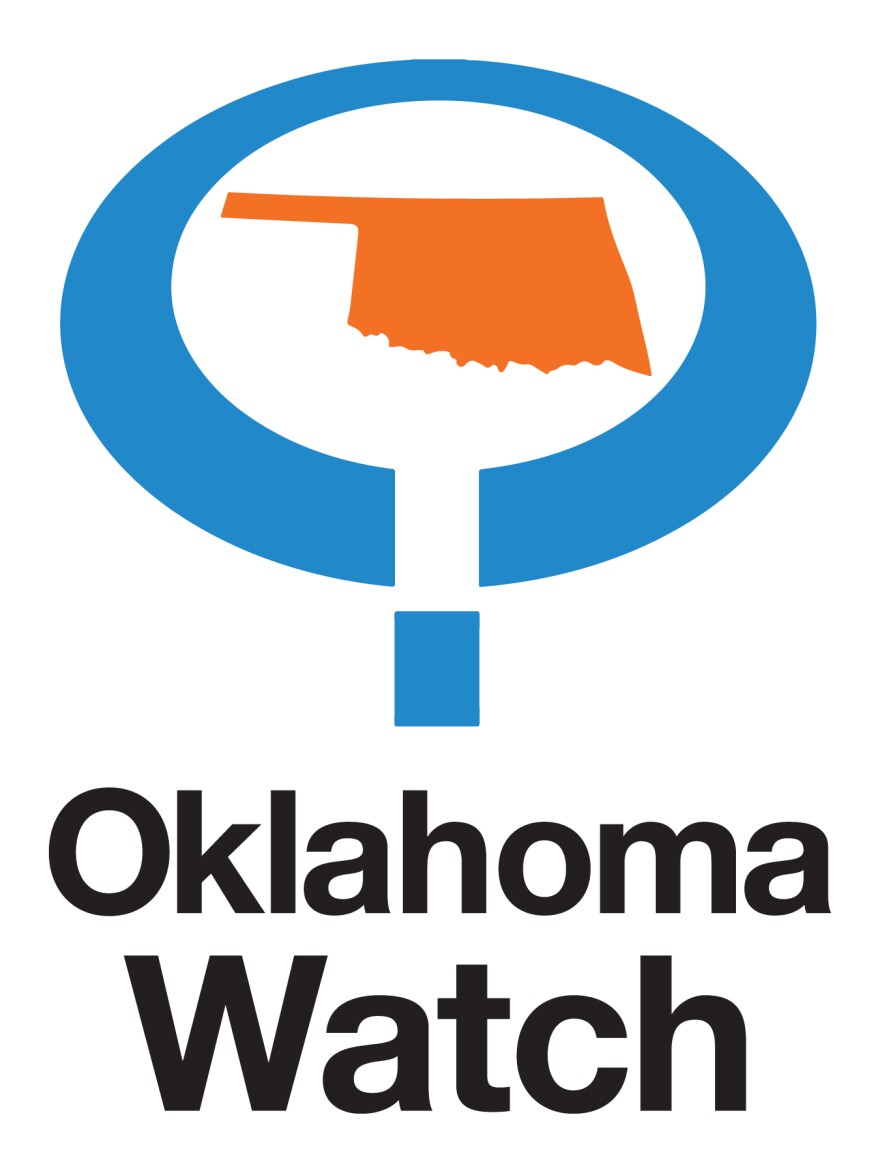With the ongoing probes and debate over Epic Charter Schools, state legislators held an interim-study hearing Wednesday on how virtual charter schools are funded. Are changes in the wind?
Oklahoma lawmakers have 133 million reasons to examine virtual charter school funding. That is the number of state taxpayer dollars expected to flow to the state’s five statewide online schools for the current school year.
The largest of those schools, Epic Charter Schools, is under investigation by the Oklahoma State Bureau of Investigation for alleged financial mismanagement and is facing a forensic audit by the State Auditor and Inspector. The school’s spending on a recent ad campaign also has ruffled a few feathers.
The state House Common Education Committee held a study Wednesday looking at the “real cost per student” for virtual students compared to traditional, brick-and-mortar schools.
Rep. Lundy Kiger, R-Poteau, said he was particularly concerned about Epic’s spending on referral bonuses for teachers and students, marketing and advertising.
“I totally support any kind of education that’s going to be effective,” Kiger said. “I want them (virtual schools) to be fully equipped, I just don’t want state taxpayer dollars to be wasted.”
Here are five things to know about virtual charter funding.

Virtual charter schools receive most of their funding from the state.
As a whole, school funding in Oklahoma comes from local and state revenue at about 45% each, with federal funds kicking in another 10% for certain student populations. But because charter schools are excluded from receiving local tax dollars, nearly all charters’ funding comes from state dollars.
That doesn’t necessarily mean charters receive fewer dollars, said Shawn Hime, executive director of the Oklahoma State School Boards Association. The state funding formula is meant to equalize funding, so local tax dollars are subtracted from the amount a school is assigned for its needs and the difference is provided by the state. For charter schools, the full amount is provided by the state.

“When districts have property taxes go up, it results in less state aid,” Hime said. “Charters don’t have those chargeables (of local revenue), so it appears out of balance,” but is just the way the formula equalizes funding.
Funding is based on a point-in-time student head count, even in virtual schools.
Because of the easy access to virtual schools, there are more students coming and going than in traditional schools. Epic allows year-round enrollment and has one of the highest rates of part-year students in the state; in June 2018, more than half of its students were enrolled part-year. But like all schools, they receive funding based on an Oct. 1 head count.
Kiger said he’s concerned that method is allowing “gaming the system.” He and the rest of the education committee on Wednesday heard from the superintendent of Spiro Public Schools, who talked about two students who enrolled in Spiro on Oct. 3 last year. One had been enrolled in virtual school since the previous May, the other since June, but the virtual school had no grades to report for the students.
“If you keep a student on record until Oct. 1, you get the financial aid for them,” said Richard Haynes, Spiro’s superintendent.
Epic has denied manipulating or gaming the timing of enrollment or withdrawing students.

Lawmakers are likely to propose changes in 2020.
Kiger said the purpose of the study was to look at whether virtual schools should be funded through a separate formula, and if so, what that would look like. An example given during the session was a performance-based model, such as in Florida, where virtual schools receive state funding for students only if they successfully complete the course.
Sen. Ron Sharp, R-Shawnee, proposed a bill last session that would have made Oklahoma’s virtual school funding based on course completion, but it didn’t pass. Sharp, who is a frequent critic of Epic, has indicated he would pursue it again in 2020.
Kiger said he would like to address students leaving virtual schools after Oct. 1 through legislation.
Sharp and Kiger are former educators.

There’s no consensus over the “actual cost” of virtual schooling.
When it comes to virtual schools, some costs are higher, some are lower, and others are just different, said Rebecca Wilkinson, executive director of the Statewide Virtual Charter School Board. Technology expenses and travel, for instance, are likely higher, but there’s typically no food or transportation costs and building costs are less.
She pointed to a 2015 study by the International Association for K-12 Online Learning, which found the cost of a full-time online school is between 93% and 98% of a traditional school.
A different report however, found virtual schools should cost at least 24 percent less than brick-and-mortar schools. That report, by the Education Commission of the States, found virtual school enrollment is too unpredictable – because of unlimited size and enrollment capacity – to be funded through traditional school finance models.

Some lawmakers see signs virtual schools receive too much.
Epic’s spending has raised eyebrows for years for various reasons: Its for-profit management company takes an automatic 10% cut of revenue; it offers each student a “learning fund” that allows them to spend education dollars on lessons and hobbies; it holds a back-to-school event that reserves an entire amusement park for students and parents for a day.
But Epic’s recent media campaign involving TV commercials and other ad buys has hit a nerve with many residents and lawmakers, including State Superintendent Joy Hofmeister, who has said she doesn’t like it. Epic has said as an online charter school, it needs to market its program to families who want alternatives to traditional district schools.
Rep. Sheila Dills, R-Tulsa, on Wednesday questioned Wilkinson, whose agency authorizes all of the state’s virtual schools, about the spending.
“If virtuals can spend so much on marketing, do you believe they receive too much?” she asked.
Wilkinson replied that she doesn’t know that the spending was illegal, then added: “It is something this committee should be asking.”






